Yes, the coliform group of organisms can be dangerous under certain circumstances. Coliform bacteria are a broad class of microorganisms that are naturally present in the environment, including soil, vegetation, and the intestines of warm-blooded animals. While many coliform bacteria are harmless, their presence in water or food can indicate contamination and potential health risks.
Types of Coliform Bacteria and the risk associated:
- Total Coliforms:
- Generally harmless and naturally occurring in the environment.
- Their presence in water indicates possible contamination by surface water or soil.
- Fecal Coliforms:
- A subset of total coliforms, including bacteria like Escherichia coli (E. coli).
- Found in the feces of humans and animals.
- Indicates fecal contamination of water, which poses a higher risk of waterborne diseases.
- E. coli (Pathogenic Strains):
- Some strains, such as E. coli O157:H7, are highly dangerous and can cause severe illness, including diarrhea, abdominal pain, kidney failure, and even death.
- Presence in drinking water indicates direct fecal contamination.
Risks Associated with Coliforms:
- Waterborne Illnesses: Coliform contamination in drinking water can lead to diseases like diarrhea, typhoid, cholera, and hepatitis.
- Food Safety Issues: Foods contaminated with coliform bacteria can cause gastrointestinal illnesses.
- Public Health Hazard: Persistent detection of coliforms in water systems may indicate a breakdown in water treatment or distribution, requiring immediate action.
Preventive Measures:
- Regular Testing: Regularly test water sources for coliform bacteria to ensure safety.
- Proper Water Treatment: Use filtration, UV treatment, or chlorination or any other disinfection techniques to eliminate coliform contamination.
- Good Sanitation Practices: Maintain proper sewage disposal and avoid direct contact between drinking water sources and potential contaminants.
While not all coliform bacteria are harmful, their presence signals the potential for more serious pathogens and the need for immediate attention to water or food safety. Therefore they are known as indicator organism.


